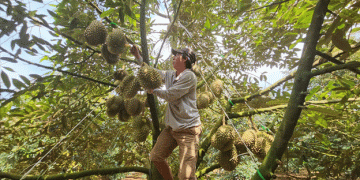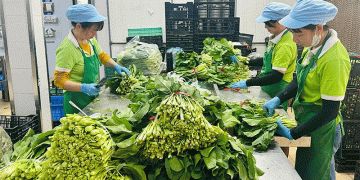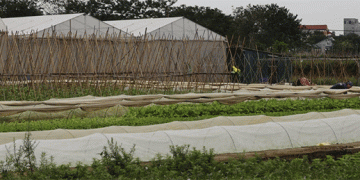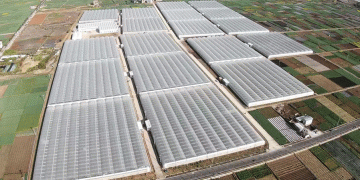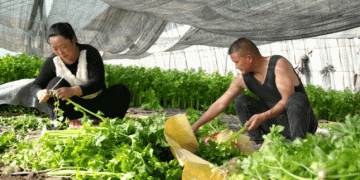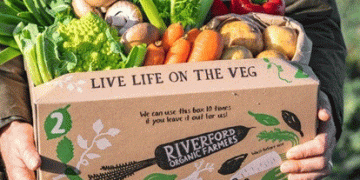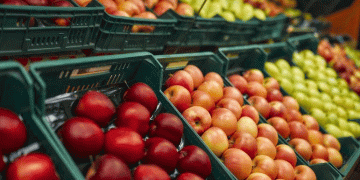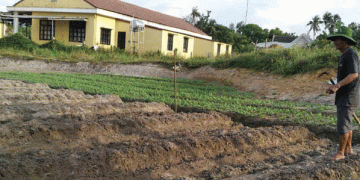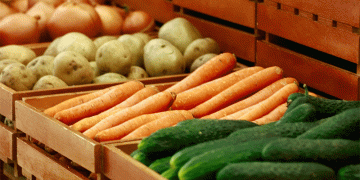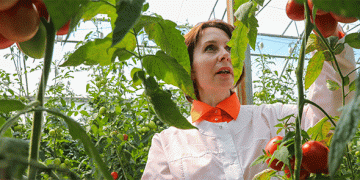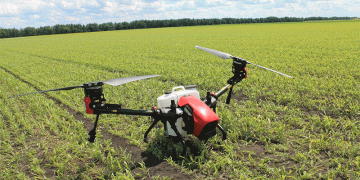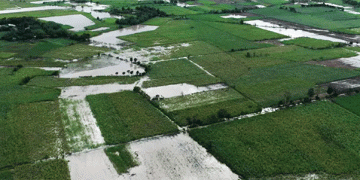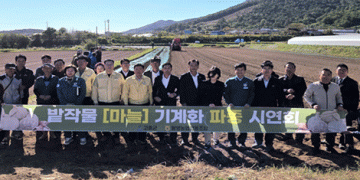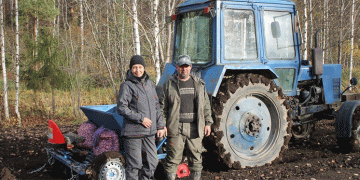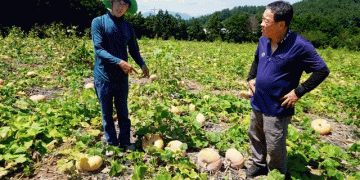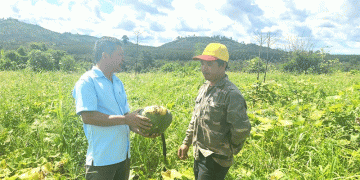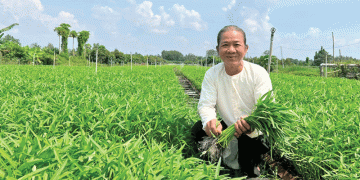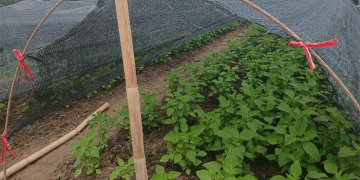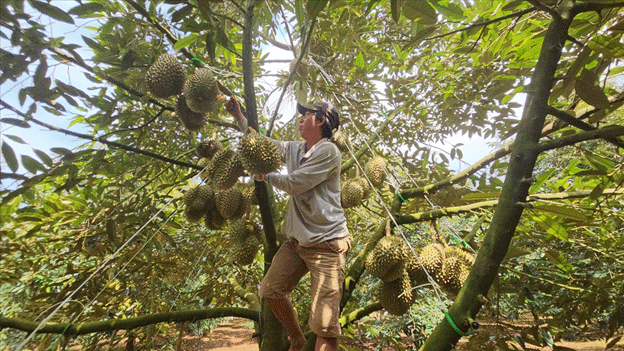As of January 10, 2025, the General Administration of Customs of China has mandated that all imported durians, including those from Vietnam, must be accompanied by certifications confirming the absence of Auramine O—a synthetic dye with potential carcinogenic effects—and specified levels of cadmium residues. This regulatory change follows the detection of Auramine O in Thai durian shipments in late 2024, prompting China to enforce stricter import controls to safeguard consumer health.
Đắk Lắk province, recognized as Vietnam’s second-largest durian-producing region with a cultivation area of 37,381 hectares and an annual output nearing 318,000 tons in 2024, is directly impacted by these new import requirements. In response, local authorities, producers, and exporters are urgently collaborating to align with China’s stringent standards.
Nguyễn Văn Thắng, Director of the Krông Pắc Green Agriculture Cooperative, emphasized the necessity of adapting cultivation and post-harvest practices. “Auramine O is a prohibited dye. Upon receiving information about China’s new regulations, our cooperative promptly informed all members. Farmers are now focusing on nurturing durian trees with adequate nutrients, promoting natural growth, and utilizing biopesticides derived from cinnamon. Additionally, the pre-harvest interval has been extended to 30 days post-application of fertilizers and pesticides, compared to the previous 15 days,” Thắng stated.
To facilitate compliance, the Plant Protection Department of Vietnam has been proactive in negotiations with Chinese authorities. By January 26, 2025, these efforts resulted in the approval of nine Vietnamese laboratories authorized to conduct Auramine O and cadmium residue testing for durian exports. This development is crucial in expediting the certification process, thereby minimizing disruptions in the supply chain.
Đắk Lắk currently boasts 68 durian cultivation areas with export codes, covering a total of 2,521 hectares, alongside 23 certified packing facilities. To adhere to the new import regulations, local authorities are intensifying efforts to educate farmers and exporters on the importance of complying with permissible agricultural inputs and avoiding prohibited substances, particularly Auramine O. Regular monitoring and inspections are being conducted to ensure adherence to these standards.
The provincial Department of Agriculture and Rural Development underscores the significance of these measures. “Ensuring our durian exports meet international safety and quality standards is paramount. We are committed to providing the necessary support and guidance to our farmers and exporters during this transition,” affirmed Director Nguyễn Hoài Dương.
The implementation of China’s new import regulations presents both challenges and opportunities for Đắk Lắk’s durian industry. Through concerted efforts encompassing education, adherence to safe agricultural practices, and the establishment of certified testing facilities, the province aims to not only comply with international standards but also enhance the global competitiveness of its durian exports.
